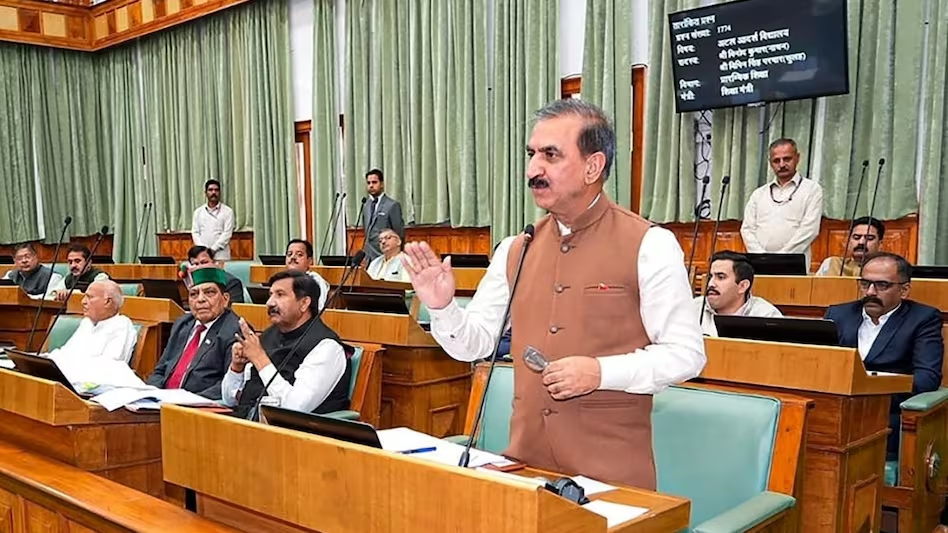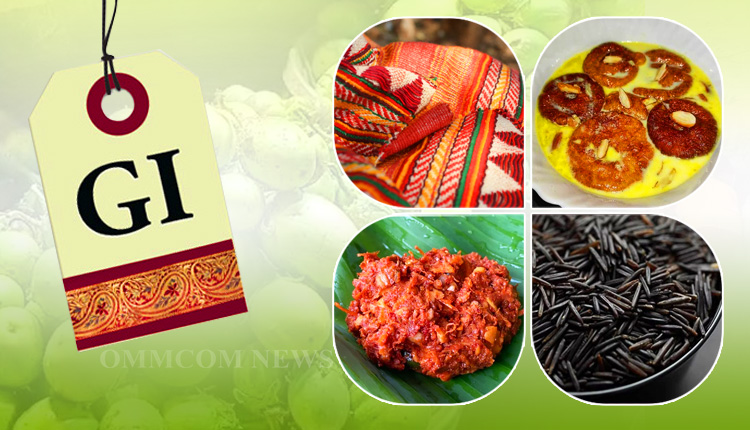- Courses
- GS Full Course 1 Year
- GS Full Course 2 Year
- GS Full Course 3 Year
- GS Full Course Till Selection
- Answer Alpha: Mains 2025 Mentorship
- MEP (Mains Enrichment Programme) Data, Facts
- Essay Target – 150+ Marks
- Online Program
- GS Recorded Course
- Polity
- Geography
- Economy
- Ancient, Medieval and Art & Culture AMAC
- Modern India, Post Independence & World History
- Environment
- Governance
- Science & Technology
- International Relations and Internal Security
- Disaster Management
- Ethics
- NCERT Current Affairs
- Indian Society and Social Issue
- NCERT- Science and Technology
- NCERT - Geography
- NCERT - Ancient History
- NCERT- World History
- NCERT Modern History
- CSAT
- 5 LAYERED ARJUNA Mentorship
- Public Administration Optional
- ABOUT US
- OUR TOPPERS
- TEST SERIES
- FREE STUDY MATERIAL
- VIDEOS
- CONTACT US
1st General Election of India (1951-52)
1st General Election of India (1951-52)
15-05-2024
As India, the largest democracy in the world, is going through the 2024 general election, attention is drawn to the historic significance of the country's 1st Lok Sabha election, marking a crucial milestone in India's democratic journey.
Historic Vote
- India's 1st general elections took place from October 25, 1951, to February 21, 1952.
- It was a massive exercise, involving 1/6th of the world's population, making it the largest election globally at that time.
- Approximately 17 crore voters participated (excluding Jammu and Kashmir), with 45% of the enrolled voters were women, highlighting their significant participation in the democratic process.
- This election introduced universal adult franchise, with 176 million eligible voters aged 21 and above (voting age lowered to 18 in 1989 through 61st Constitutional amendment Act).
- Notably, 82% of these voters were illiterate.
Legal Framework
- The Representation of the People Acts of 1950 and 1951 were enacted by Parliament to establish voter qualifications, election procedures, and other electoral processes.
- The Election Commission of India (ECI) was established in January 1950, with Sukumar Sen appointed as the Chief Election Commissioner.
Election Machinery
- In 1951, India's low literacy rate of 18.33% led to the idea of using different coloured ballot boxes for each candidate, but this was considered impractical.
- Instead, it was decided to use separate ballot boxes for each candidate at all booths, each marked with the candidate's election symbol.
- To assist the largely illiterate electorate, coloured ballot boxes and ballot papers the size of a Re 1 currency note were used.
- The ballot papers, coloured pink, featured "Election Commission India" and a serial number with two letters denoting the state - HY for Hyderabad State, BR for Bihar, AS for Assam, etc.
- More than 224,000 polling booths were established nationwide, ensuring accessibility for voters, with each booth serving approximately every 1000 voters.
- Over 2 million steel ballot boxes were used, with one box for each candidate, ensuring the integrity of the voting process.
- Nearly a million officials oversaw the polls, ensuring the smooth conduct of the process.
- The number of invalid votes was relatively low, ranging from 3 to 4 per cent, indicating that voters could cast their votes accurately.
Political Landscape
- There were 53 political parties in total, with 14 being national.
- These included the Indian National Congress, the Communist Party of India, the Socialist Party, the Kisan Mazdoor Praja Party, and the Akhil Bharatiya Hindu Mahasabha, among others.
Election Outcome
- The Indian National Congress, under the leadership of Jawaharlal Nehru, emerged as the dominant political force securing 318 out of 489 Lok Sabha seats.
- It solidified its position as the ruling party.
- The Communist Party of India (CPI) emerged as the runner-up in the 1st Lok Sabha election, followed by the Socialist Party and other political parties.
2024: The Global Super Election Year
|



